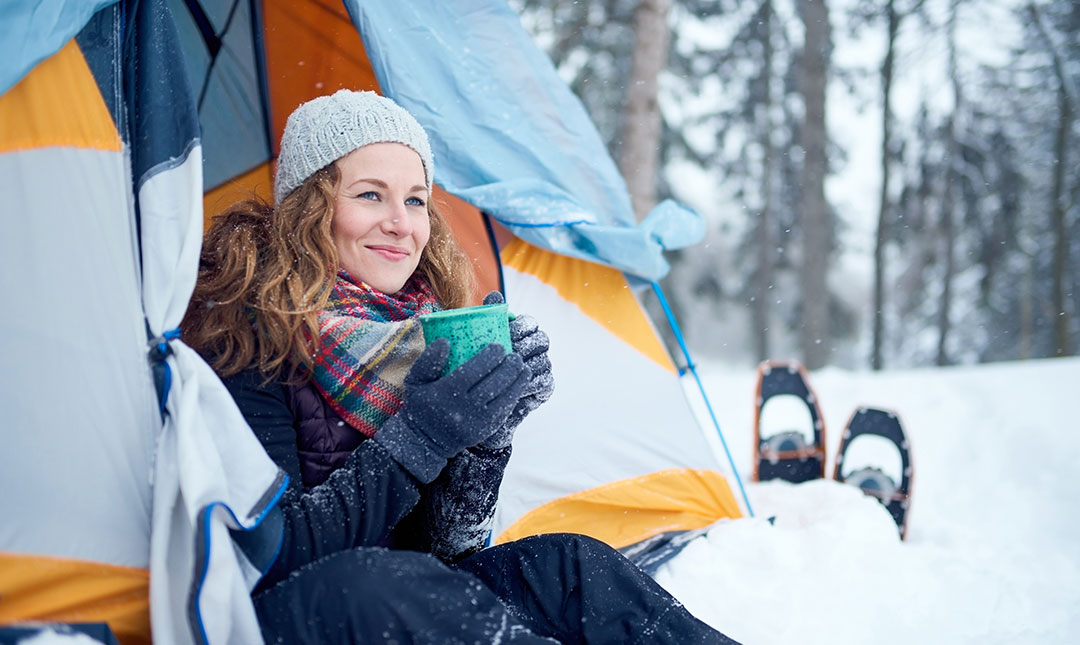
by Keith | Oct 19, 2021 | Fun Stuff, Winter
Most people go camping in the summer, but you shouldn’t let a little snow keep you away from exploring the wilderness! Winter camping can be just as rewarding—and it offers unique opportunities to enjoy yourself if you know how to take advantage of them.
We’ve put together a list of ways to make the most of your next winter camping trip, based on our experiences in the great outdoors. Find out what to bring and how to plan your days for an absolutely unforgettable cold-weather camping experience.
Fun Things to Bring on Your Next Winter Camping Trip
There are plenty of things you can do on a winter camping trip without much equipment, and we’ll cover those shortly. For now, though, consider investing in some of the gear below to make your winter camping trip dynamic and exciting.
Sink Your Teeth Into Ice Climbing
Frozen waterfalls don’t just look beautiful—they can also provide plenty of thrills for those of you daring (and skilled) enough to climb them. Be warned, though: you’ll want to buy climbing equipment if you don’t have it already, and we don’t recommend this activity for the inexperienced. Don’t worry, though; we’ve got plenty of less-intimidating activities coming up!
Cook Campfire Comfort Food In a Dutch Oven
Warm meals taste even better in cold weather, and you can make a whole range of delicious dinners and desserts when you buy a Dutch oven for your winter camping trip. Check out this list by Fresh Off the Grid to find some recipe inspiration.
Sleep in the Snow with a Winter Sleeping Bag
Sleeping in the tent is all well and good, but getting some shuteye with the winter sky directly overhead and waking up to a fresh layer of undisturbed snow can be deeply invigorating. Choose a sleeping bag that offers appropriate seasonal protection, then turn yourself into a human burrito.
Take a Walk Through the Wild with Snowshoes
Snowshoeing can be a surprisingly effective exercise as well as a wonderful way to enjoy walking through a winter wonderland. Find snowshoes for men, women, and kids so that every member of your family can enjoy this fun and easy winter camping activity.
Up Your Dessert Game with an Outdoor S’more Maker
S’mores taste even better on chilly winter nights, but you’ll want to spend less time making them and more time eating them in cooler temperatures. Use an outdoor s’more maker to streamline the process so you can enjoy these high-calorie camping delicacies faster and s’more easily.
Fun Things to Do on Your Winter Camping Trip
Don’t worry; you don’t need to break the bank on new gear to have a great time camping in Winter. The following activities require minimal investment, but offer maximum enjoyment.
Scour the Snow for Animal Tracks
There’s still plenty of wildlife around in winter, but you’re more likely to see animal tracks than animals themselves. Learning to recognize the different prints left by rabbits, raccoons, and other furry creatures can provide hours of entertainment on a cold-weather walk—just make sure not to disturb any habitats you find!
Build an Igloo
This skill is both fun and practical to learn if you camp in winter often. These snow fortresses offer surprisingly effective protection from the elements when done right, and are much easier to construct than you might think once you learn how to build them.
Visit a Hot Spring
There’s no such thing as a bad time to soak in a natural hot spring. That said, we especially love the contrast between warm hot-spring water on our bodies and cold winter air on our faces—so if you’re able to camp near a hot-spring this winter, we thoroughly recommend the experience!
Build a Snowperson
Little kids will love this one—but honestly, who doesn’t love this classic winter pastime? All you need is a carrot, some buttons, and maybe an old hat or scarf to give your creation a little personality of their own.
Have a Snowball Fight
We couldn’t resist putting this at the end of our list. After all, it’s practically impossible to see fresh snow and not want to throw it at your friends or family members—and where can you find fresher snow than in the wild? Grab a few handfuls and turn it into your own personal arsenal (just make sure to stay safe and check your snow for sticks and rocks before you start throwing!).
Make Winter Your Favourite Camping Season
Camping in the winter might be cold, but it also comes with the chance to have fun in ways other seasons don’t offer. Try our tips above to get the most out of your next winter camping trip, and please reach out to us if you have winter camping ideas of your own to share!
Check Out These Campgrounds You Can Book Through The Winter
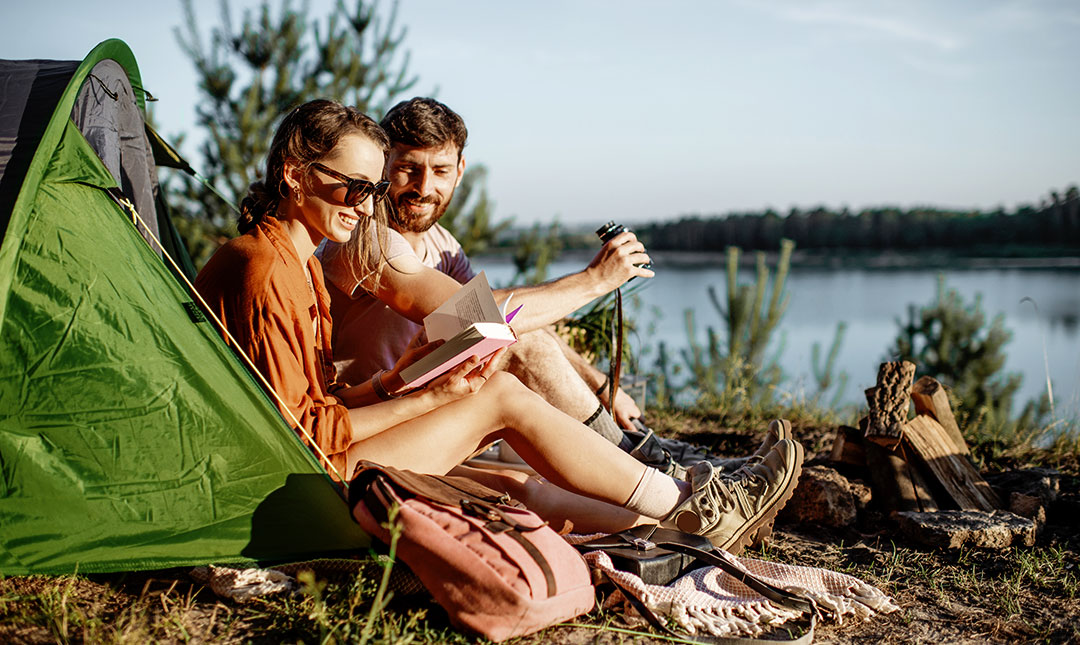
by Keith | Oct 12, 2021 | Camping Gear & Equipment, Fun Stuff, Seasons, Summer
Plamondon Whitesands Resort
Summer may be in the rear-view mirror this year, but if you’re anything like us then you’re already planning next year’s first summer camping trip. That gives you plenty of time to organize the gear and supplies you’ll need before you head into the wilderness again, so you’ll definitely be able to stock up on some new items over the next few months. You’ll also want to brainstorm some new activities for your next warm-weather camping excursion, and our team is here to help. Below, you’ll find our list of fun things to do and essential equipment to bring on your next summer camping adventure.
Fun Things to Bring on Your Summer Camping Trip
Some activities can be performed without specific tools or toys—but not these. Don’t worry; we’ll get to the activities that don’t require any special gear later. But first, consider bringing some of these things along next time you go camping in summer.
Sleep in the Shade with a Hammock
One of the nicest things about camping in warm weather is the ability to sleep comfortably outside. Buy a hammock and hang it up between two trees to create a perfect place for catching some Zs without soaking up too many UV rays in the process. Hammocks also make ideal places to read, or just lounge in nice weather with a drink in hand!
Enjoy a Warm Wash with a Solar Shower
You don’t have to sacrifice all the comforts of home when you go camping. Solar showers use the sun’s rays to heat up water for your daily wash, providing you with a luxurious soak even when you’re “roughing it”. Let those bright summer days help keep you clean in style!
Have a Tubular Time with an Inflatable Kayak
Mountain rivers and lakes are at their most inviting during the year’s warmest months, and a watercraft you can inflate is much easier to pack than one you need to mount on top of a vehicle. When you buy an inflatable kayak, you’ll also save yourself the pain of portaging it to and from the water—although we strongly recommend pairing it with a bike pump or portable air compressor so you won’t have to blow it up with your mouth.
Use a Solar Fire Starter to Cook with the Power of the Summer Sun
When you’re camping in the darker portions of the year, you won’t always have the sun handy as a source of energy—but the summer offers many opportunities to make sunshine work for you. Case in point: this solar fire starter, which can save you money on fuel and make you feel like a rugged explorer whenever you’re getting ready to roast marshmallows.
Make a Margarita with a Hand-crank Blender
Thanks to some innovative party animal, crushed ice is no longer a luxury you can only find in the city. And what better way to enjoy a perfect summer day in the wilderness than by kicking back (maybe in that hammock from earlier) with a refreshing margarita or two (or three)? This hand-crank blender will provide you with all the crushed ice you need—no electrical outlet required.
Fun Things to Do on Your Summer Camping Trip
Of course, there are lots of ways to have fun on a summer camping adventure that don’t involve buying fancy new gear, and they’re equally worth your time. Try some of these activities that require little more than good weather and the right attitude:
Check Out the Night Sky by Stargazing
Summer nights often offer clear skies, so make the most of them! Staying up late and counting constellations is an excellent way to experience all the magic this season has to offer (for best results, bring along a star chart so you can tell what you’re looking at).
Turn the Lake Into a Playground with Water Balloon Dodgeball
This one’s great fun for kids and adults (c’mon, who doesn’t love a good water balloon fight?). Just make sure you’re using environmentally-friendly water balloons and cleaning up after yourself—it’s always best to leave nature as good or better than you found it.
Light Up Your Night with a Beach Bonfire
If you’re camping near a beach, building a bonfire can set the stage for an unforgettable evening. Just make sure that you’re following the law; most provinces have strict regulations about when and where bonfires can be held. Find out if you’ll need permits, secure them ahead of time, then pack your sticks and marshmallows!
Stay Active with a Game of Frisbee Golf
All you need for this simple and fun game is a frisbee, some open space, and nice enough weather to play in. The concept is pretty similar to regular golf: you set up “holes” using markers, then see how many throws it takes before you can get the frisbee to them!
Keep the Bugs Away with Natural Bug Bombs
Summer camping offers the nicest weather and the most daylight, but it can also come with plenty of pests. Instead of spraying insect repellent every few minutes and slapping yourself silly, have fun keeping unwanted critters away by taking some time to make bug bombs from sage, lavender, and other plants growing near your campsite! You can find an easy and effective recipe here.
Fill Your Next Summer Camping Trip with Fun
The clear skies, balmy temperatures, and long days of summer make it easy to enjoy your experience in the great outdoors. Use the suggestions above for inspiration, and feel free to contact us with any other summer camping ideas you want to share!
Popular Summer Campgrounds
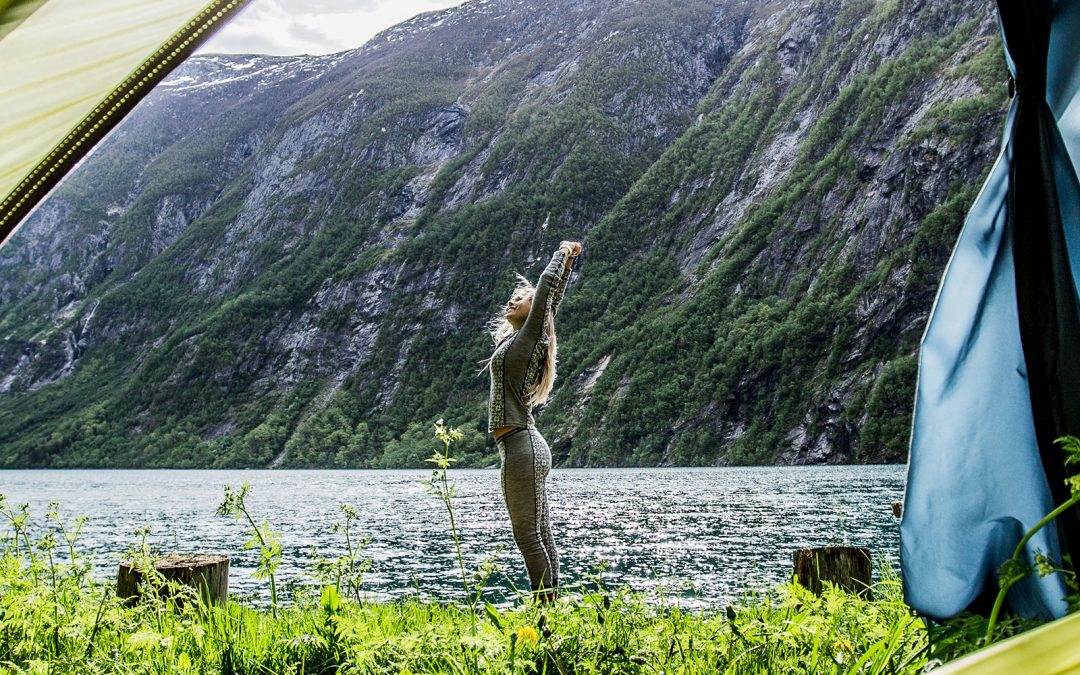
by Keith | Jul 15, 2021 | Fun Stuff, Summer
Camping can be a blast, but it’s best when you plan ahead. Make sure your agenda includes plenty of activities, be sure to bring the right gear, and don’t forget to take along some tasty recipes to enjoy at your campsite!
Need some inspiration before you venture into the great outdoors? No problem. We’ve put together a list of 14 summer camping ideas that are guaranteed to help you have an absolutely wild time. And don’t forget to book your campsite online with CampReservations.ca!
Our Top 14 Summer Camping Ideas
#1: Try Letterboxing
This quirky hobby can turn your camping trip into an exciting scavenger hunt. Letterboxes are containers with logbooks inside that people hide in public places (like campgrounds) with clues to their whereabouts. Once you discover a letterbox, you can mark it with a stamp to prove you’ve been there. For a list of known letterboxes in Canada, click here.
#2: Make Omelettes in a Bag
One of our favourite breakfast recipes, the omelette in a bag is both easy and delicious—plus, it requires next to no cleanup! If you prep the ingredients before your trip, all you’ll need to do on the day is boil water. Here’s the recipe, and check out these other easy camping meals.
#3: Make S’mores!
If you’re camping with your children, s’mores make a tasty campfire treat guaranteed to help them enjoy their time away from civilization. Of course, you don’t have to be a kid to enjoy these classic campfire snacks! Learn how to make ‘em here.
#4: Bring Dryer Sheets
You won’t be doing laundry out in the woods, but dryer sheets have other uses. Use them to freshen up musty spaces (like the inside of an old tent or backpack) and place them under your tablecloth to keep bees away from your food! Just remember to dispose of them properly—nature is no place for littering.
#5: Use Your Belt to Hang Cookware
That’s right—you can save valuable table space by mounting s-hooks on your belt and wrapping it around a tree to create a makeshift set of kitchen hooks! Don’t believe us? See for yourself.
#6: Start Campfires Easily with Trick Candles
You know those candles you can buy at joke shops that relight themselves when someone blows them out? Bring a pack of those on your next camping trip, and you’ll find it a whole lot easier to start a campfire in windy weather.
#7: Save Money On a Sleeping Pad
You might not have a high-quality sleeping pad kicking around the house, but there’s a good chance you have a yoga mat—and that can work almost as well when you put it under your sleeping bag. Yoga mats also tend to be cheaper than good sleeping pads if you need to buy a new one.
#8: Make Coffee Sachets
You probably aren’t taking your coffee maker camping, but you don’t need to. Instead, just add a few spoonfuls of your favourite ground coffee to a filter and seal it with a string to create coffee bags you can steep in hot water, just like tea!
#9: Have Your Water Pull Double Duty
Clean out some empty plastic jugs and use them to freeze your drinking water before your trip. Then, keep them in your cooler to preserve perishable foods and thaw them out as needed when you need a nice cold drink.
#10: Make Campfire Hash
This versatile recipe makes a great addition to dinner, but can also be jazzed up to make a standalone breakfast or lunch! The whole thing can be prepped and cooked in under an hour, making it as convenient as it is delicious.
#11: Create Instant Lanterns For Your Campsite
Having a flashlight is great, but sometimes you want to see where you’re going in the dark while keeping your hands free. Just wrap a headlamp around one of your empty plastic jugs and tie it to a tree. Let there be light.
#12: Make Onion Bombs
We had to include at least one eccentric camping recipe on this list, and here it is! Onion bombs are just as odd and exciting as their name implies. They’re basically meat packed inside an onion, then foil-wrapped and baked over a campfire. Truly an explosion of flavour.
#13: Build a Handwashing Station
Roughing it doesn’t mean you have to forego basic hygiene. Stay healthy and keep your hands clean by using an empty laundry detergent container as a handwashing station. You can even add a roll of paper towels on top, like this person did.
#14: Use Corn Chips as Easy Kindling
Not sure you’ll be able to scrounge up enough sticks to start your campfire? In a pinch, you can actually burn corn chips like Doritos or Fritos. The grease in these products will burn easily, and can help you get a fire started when all else fails. Just don’t use them for the whole fire, since grease fires create a lot of smoke.
Put A New Spin On Summer Camping
With these new activities, campsite tips, and recipes to try, you’re about ready for your next adventure! Use what you’ve learned to get creative this summer and make this upcoming trip a truly memorable experience.

by Keith | Jun 15, 2021 | Guides & How-To's, Summer
Warm weather is finally on the way, and you probably can’t wait to get out to the mountains for that summer camping trip you’ve been planning. However, planning for the weather is important when camping in any season, and summer is no different. You might not have sub-zero temperatures to contend with this time around, but how can you stay cool if the weather turns too hot?
We love to camp in all conditions, so we’re here to help you plan a no-sweat summer camping trip. With our advice, you’ll be able to chill out and stay cool no matter how drastically things heat up.
9 Quick Tricks to Cool Off On Your Next Summer Camping Trip
1. Bring a Hammock
We don’t necessarily suggest replacing your tent with a hammock—after all, you’ll be left out in the cold (literally) if the temperature suddenly drops overnight. However, bringing a hammock in addition to your tent can give you a cool and comfy way to rest on hot summer nights when the tent just feels too confined.
2. Remove Your Tent’s Rain Fly
You’ll want to check the weather report for your area before you do this—but if no rain is in the forecast, consider removing the rain fly from the top of your tent. The fly normally traps rising body heat while you sleep to keep it inside the tent, so taking it off lets this heat escape and keeps you cool as a cucumber (if cucumbers went camping).
3. Set Up Your Tent in the Shade
Tents can absorb a lot of heat from direct sunlight, turning your sleeping space into a veritable sauna as soon as the sun comes up. Avoid accidentally cooking yourself by setting up your tent in a shady space. Just remember, the sun changes position in the sky throughout the day—so either find a big patch of shade, or try to predict where the shade will be when you’ll most likely be using your tent and set it up accordingly.
4. Take Your Tent Down During the Day
This might require a bit of extra work on your part, but it’s an excellent way to prevent your tent from soaking up sunlight and storing heat all day. If you’re camping in a particularly warm area, it’s best to store your tent in a cool place throughout the day and set it up fresh each night before you go to sleep.
5. Bring a Battery-Powered Fan
This one’s pretty self-explanatory, but we’re putting it on the list anyway because—well, it’s just a good idea! Few things can cool you off on a hot day as quickly as a refreshing breeze, and when the weather won’t provide one, why not use a device that can make it for you?
6. Drink Plenty of Water
Hydration is essential for regulating body temperature in hot weather, and can also improve your athletic performance. If you’re planning any warm-weather activities during your trip, make sure you have lots of fresh, potable water on hand. We recommend investing in an insulated water bottle that can keep your water cool, too—after all, room-temperature water can kind of make it feel like you’re just drinking sweat, and that’s… gross.
7. Wear Light-Coloured Clothing
You might not remember this from elementary school science classes, but light colours reflect heat from the sun while dark colours absorb it. That means you’re going to be much cooler camping in white garments than black ones (even if black is mysterious and slimming). Maybe leave your band t-shirts and little black dresses at home, no matter how much fun you think it might be to wear them in the woods.
8. Go Soak Your Head (Before Sleeping)
Immersing yourself in cold water is an easy way to lower your internal body temperature before going to bed, which means it will take longer for you to heat up during sleep. Additionally, a soak in cold water may improve your circulation and promote deeper sleep, so consider pitching your tent next to a lake or river if you can find one in your area.
9. Relax Under a Moist Towel
Laying a damp cloth or towel across the back of your neck allows it to suck heat out of your body, cooling you off in the process. If you don’t have a towel (for some reason), you can pull this same trick by wetting your hat—or even your t-shirt!
Make Summer Camping Cool Again
Summer is the most popular camping season for many good reasons—the warm weather encourages plants and animals to thrive, opens up areas that aren’t accessible throughout the rest of the year, and lets you run around without needing to wear a bunch of heavy layers all the time. Just make sure you don’t overheat, and use the suggestions above to find relief from the heat when you need it!
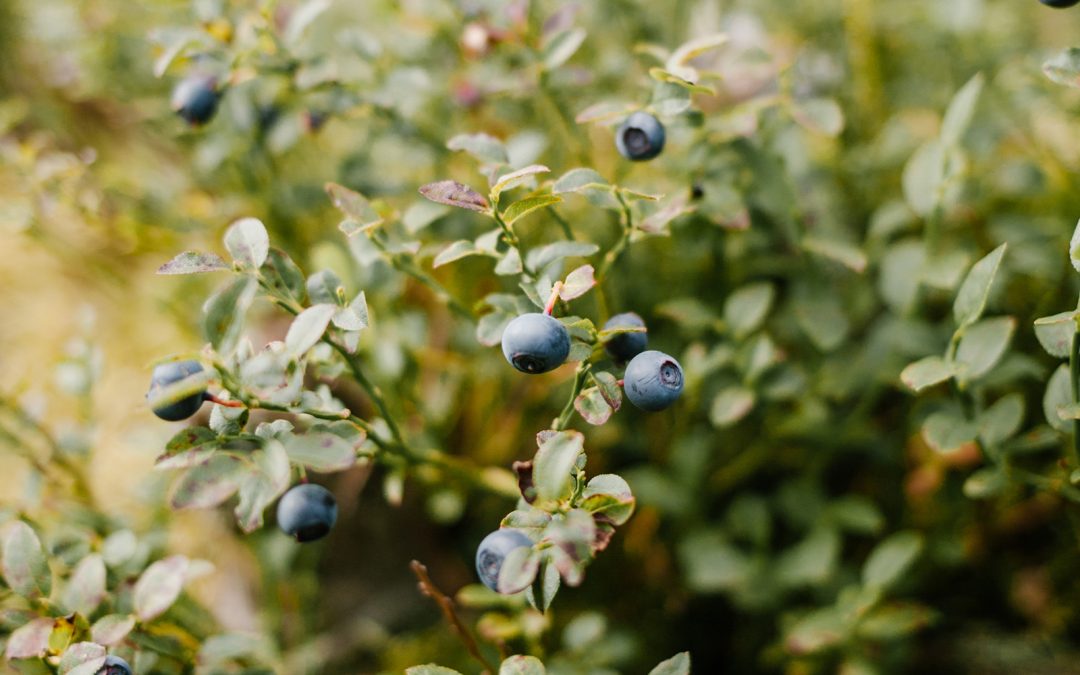
by Keith | May 15, 2021 | Cooking & Food, Guides & How-To's
With so many public places and businesses closing down or changing hours this year, this summer seems as good a time as any to learn to live off the land. Those of you who really want to rough it might even be interested in foraging for food on your next camping trip. The question is, can you do it safely?
Foraging is something of a lost art these days, but it’s still entirely possible to find food in the wild as long as you have the proper knowledge and a few essential tools. Below, we’ll tell you more about foraging and give you the knowledge you’ll need to get started next time you head out to the woods.
Is it Possible to Forage for Food While Camping?
If you’re reading this article, chances are you’ve seen at least one episode of Survivor or Man vs. Wild. But don’t worry; you won’t have to eat bugs or drink your own urine to survive for a few days in the Canadian wilderness. Camping can be rugged without being… well, gross.
That said, foraging isn’t as easy as just walking into the bushes to pick berries off the nearest tree. You’ll need to know what foods are safe, how to test them, and where to find them.
Finally, remember that while foraging is legal on public land in Canada, you can’t forage on private property without the owner’s permission. You also can’t forage on traditional territories without first obtaining consent from the appropriate First Nations communities.
Eat This, Not That: Safe Foods to Forage for While Camping
Here’s a quick list of safe foods you can commonly find growing in the Canadian wilderness. We can’t guarantee that they’ll all be tasty, but remember: this is what you chose instead of bringing canned food!
Dandelions:
That’s right; these common lawn weeds are actually safe to consume—as long as you prepare them properly and avoid those that have been sprayed with pesticides (shoot for the wild dandelions growing in a remote clearing, not the ones sprouting up next to the campground manager’s office).
Dandelion roots can easily be brewed into a tea, and you can even eat them raw. They’re pretty nutritious, too! Just be aware that dandelions can be risky for people with specific health conditions (such as kidney or gall bladder problems).
Mushrooms:
Morel mushrooms are common throughout most of Canada, and while they might look kind of scary, they’re also quite delicious. However, they’re also elusive, rarely growing in the same spot year after year.
Morels are often used as garnishes in restaurant dishes, but they’re perfectly fine to eat on their own as well. Just sautee them in your campfire skillet with a bit of oil, and enjoy!
Leeks:
Leeks are similar to onions and tend to grow in clusters from late April to mid-May. They tend to grow mostly in forested areas, so you might have to trek a little to find them—but since the entire plant is edible, you’ll be handsomely rewarded if you do.
There’s no great secret to preparing leeks, either—like any leafy green vegetable, they’re pretty versatile. Put them together with those sauteed mushrooms we mentioned and make yourself a nice salad!
Rhubarb:
You won’t have to venture too far off the beaten path to find rhubarb—in fact, you might not even have to leave your vehicle, since it often grows right by the side of the road! Of course, as with dandelions, you’ll want to avoid picking rhubarb from anywhere that’s likely been sprayed with chemicals.
This naturally sweet vegetable is delicious on its own and can be eaten just like celery once you chop the ends off the stalks. But remember not to eat the leaves—they’re actually quite toxic!
How Should You Test Foraged Food?
We have to offer a disclaimer here: there is no universal rule for making sure foraged food is safe, and we’re not legally responsible if you eat something that makes you sick. However, we can offer a few general guidelines for testing your foraged food:
- Whenever you find a plant you might want to eat, separate it into different parts. Test each piece at a time so that you don’t accidentally eat something you’ve overlooked.
- Smell each part of the plant. Your sense of smell is a strong indicator of whether food is safe—if it’s too funky, err on the side of caution and stay away!
- Place a small part of the plant on your exposed skin for a few minutes. If it stings, itches, burns, or causes numbness or a rash, don’t eat it. As my uncle used to say: what ain’t good for your outsides won’t be no better for your insides, neither!
- Next, prepare the plant the way you’re going to eat it. We often recommend boiling, as this can help sanitize whatever you’ve picked.
- Before putting the plant in your mouth, touch a small part of it to your lips and wait for 15 minutes. Assuming there are no unpleasant sensations, put it in your mouth and chew it. Then hold it in your mouth for 15 more minutes—but if you experience a bitter or soapy taste, spit it out.
- After a part of the plant has successfully passed all of the above tests, you can swallow a small piece of it. If a few hours go by and you experience no adverse effects, it’s usually safe to assume that part of the plant is edible.
Signs that Foraged Food is Safe (or Unsafe!)
Here are a few things to keep your eye out for when foraging for edible vegetables:
- Look for brown or tan gills on mushrooms. Some mushrooms with white gills are incredibly poisonous, including the notorious death cap.
- Don’t eat mushrooms with scaled caps or spots, as these are more common amongst poisonous varieties.
- Check under the cap for a second, smaller ring of tissue. If you see one, don’t eat the mushroom. Many toxic mushrooms can be easily identified this way.
- When foraging for other plants, avoid anything with yellow or white berries.
- Be cautious of plants with particularly shiny leaves, as these are a feature of many unsafe plants.
- When looking for wild fruits or berries, it’s best to bring a field guide along. There are so many varieties that you won’t be able to use a simple rule of thumb in every case.
Never Go Hungry in the Woods Again!
Foraging for food in the wild might not make for the most decadent meals, but you can certainly sustain yourself for a few days or more with the right skills and knowledge. Use what you’ve learned here to get started, and remember: if you’re not sure something is safe to eat, it’s best to assume that it isn’t.

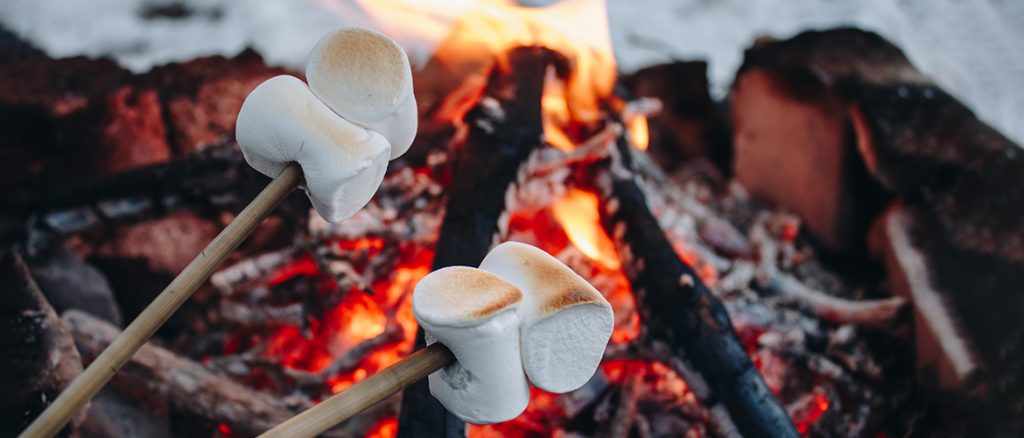
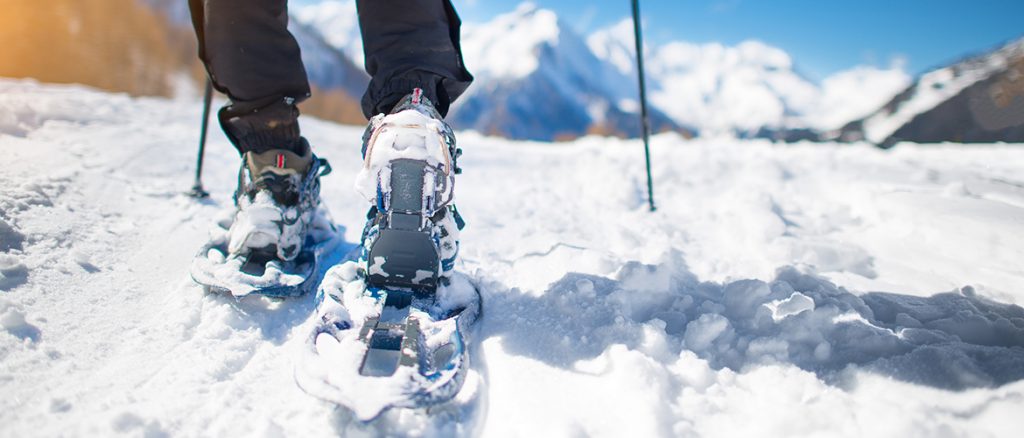


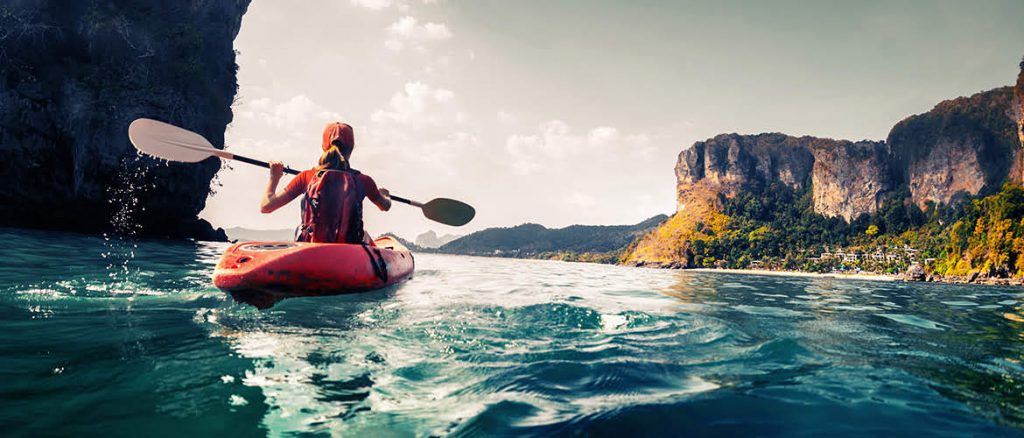
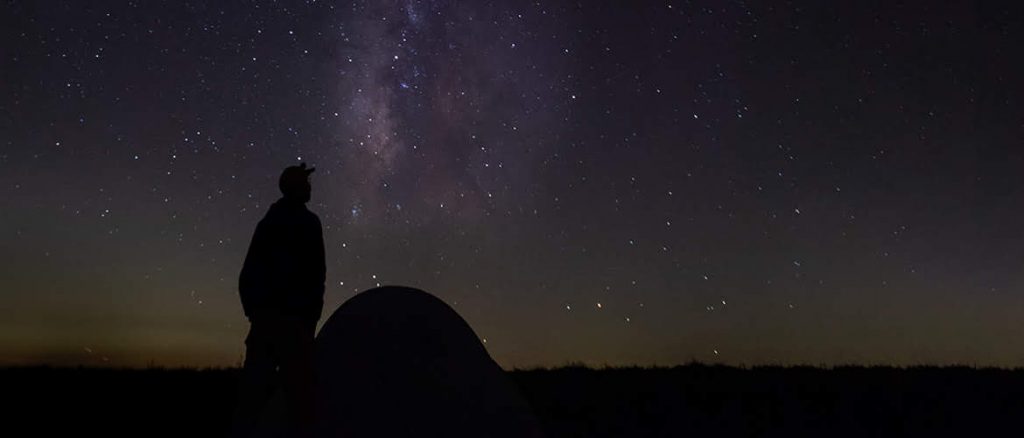



Recent Comments